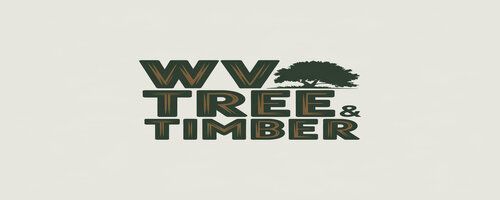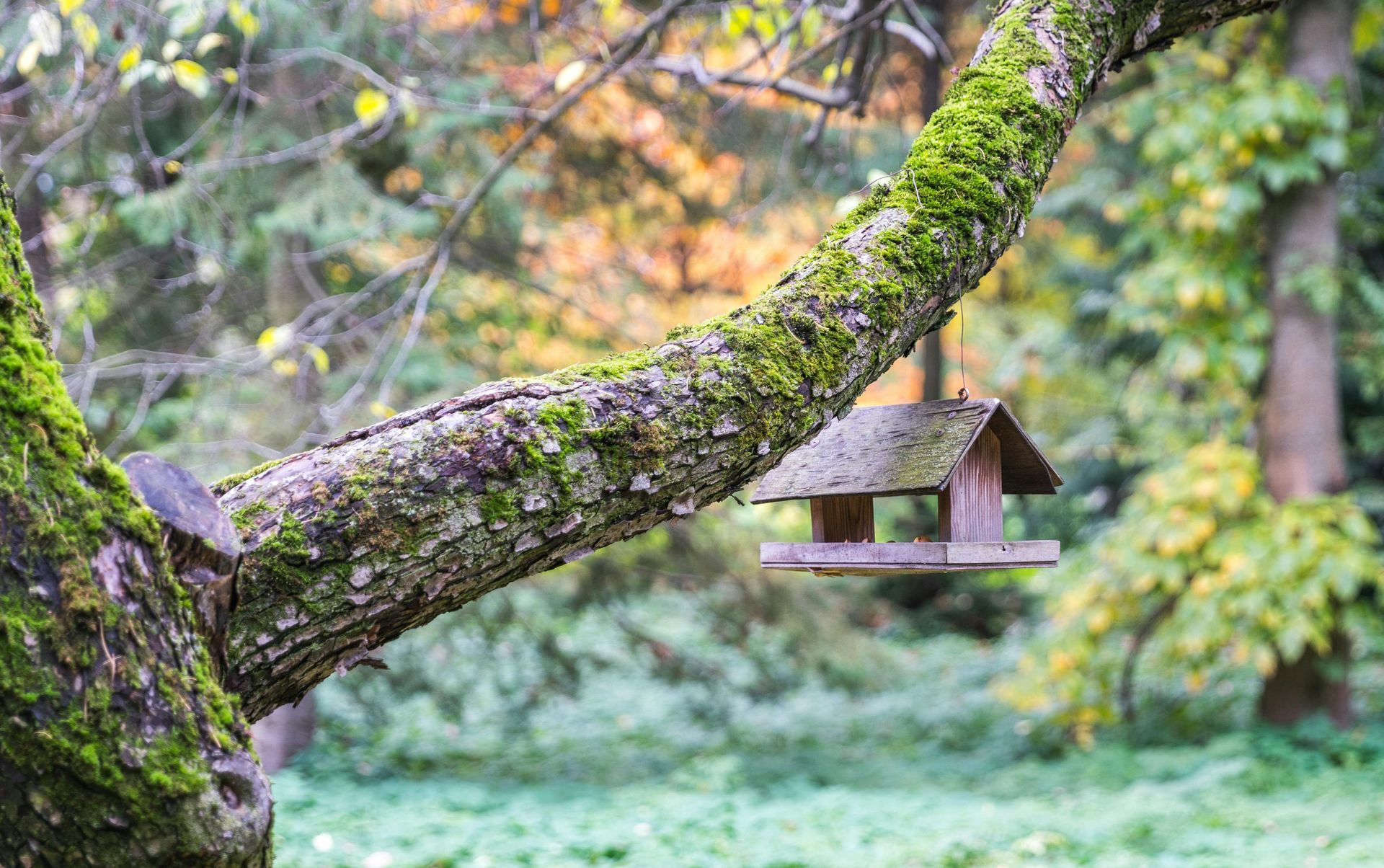Complete Guide to Tree Removal in Wheeling, West Virginia
Trees are valuable assets to any property, providing shade, beauty, and environmental benefits. However, there are times when tree removal becomes necessary for safety, health, or practical reasons. Understanding when and how to approach tree removal can help Wheeling homeowners make informed decisions about their landscape.
When Tree Removal Becomes Necessary

Safety Concerns and Hazardous Trees
The most critical reason for tree removal is safety. Trees can become hazardous due to several factors that property owners should recognize. Dead or dying branches pose immediate risks, especially during storms or high winds. Large cracks in the trunk, visible decay, or fungal growth at the base often indicate structural weakness that could lead to sudden failure.
Leaning trees, particularly those that have recently begun to lean, may have compromised root systems. Trees growing too close to power lines, buildings, or other structures can also create ongoing safety hazards that require professional attention.
Common Tree Diseases in West Virginia
West Virginia's climate creates conditions that favor certain tree diseases. Oak wilt is particularly problematic in our region, causing rapid decline in oak species. Dutch elm disease continues to affect elm trees, while various fungal infections can weaken tree structure over time.
Early identification of these diseases is crucial. Some trees can be saved with proper treatment, while others may need removal to prevent spreading to nearby healthy trees.
Construction and Development Needs
Property development often requires strategic tree removal. Whether you're building an addition, installing a pool, or redesigning your landscape, some trees may need to be removed to accommodate new structures or improve site access.
Planning ahead for construction projects helps determine which trees can be preserved and which need removal, often saving both time and money in the long run.
Storm Damage Assessment
West Virginia weather can be unpredictable, and severe storms often leave trees damaged or unstable. After significant weather events, it's important to assess your trees for hidden damage that might not be immediately visible.
Split trunks, hanging branches, or root exposure can create delayed hazards. Even trees that appear stable may have sustained damage that affects their long-term health and safety.
The Professional Tree Removal Process
Initial Assessment and Planning
Professional tree removal begins with a thorough assessment of the tree and surrounding area. This evaluation considers the tree's size, health, location, and potential obstacles like buildings, power lines, or other vegetation.
The assessment also identifies the safest removal method and determines what equipment will be needed. Factors like soil conditions, weather, and access routes all influence the removal strategy.
Safety Protocols and Equipment
Modern tree removal relies on specialized equipment designed for both safety and efficiency. Professional-grade chainsaws, rigging equipment, and personal protective gear are essential for safe operations.
For larger trees or complex removals, crane-mounted bucket trucks provide safe access to high branches. Stump grinders efficiently remove remaining stumps, while wood chippers can process branches and smaller debris on-site.
Cleanup and Site Restoration
A professional removal includes complete cleanup of all debris. This means removing all wood chips, sawdust, and organic matter, leaving your property clean and ready for new landscaping or other uses.
Proper cleanup also involves checking for any property damage and ensuring the site is safe for normal use.
Understanding Tree Removal Costs
Factors That Influence Pricing
Several factors determine the cost of tree removal. Tree size is the most obvious factor – larger trees require more time, equipment, and labor. A small ornamental tree might take a few hours to remove, while a massive oak could require a full day or more.
Location significantly impacts cost as well. Trees near buildings, power lines, or in tight spaces require more careful, time-intensive removal techniques. Easy access for equipment keeps costs lower, while difficult access increases both time and complexity.
| Tree Category | Height Range | Equipment Needed | Typical Duration | Key Cost Factors |
|---|---|---|---|---|
| Small Trees | Under 25 feet | Basic saws, cleanup tools | 2-4 hours | Minimal equipment, simple access |
| Medium Trees | 25-60 feet | Bucket truck, rigging equipment | 4-8 hours | Moderate complexity, standard cleanup |
| Large Trees | 60-100+ feet | Cranes, specialized rigging | 1-2 days | Heavy equipment, extensive planning |
| Emergency | Any size | Full safety gear, immediate response | Varies | Urgent timeline, safety protocols |
Additional Considerations
The tree's condition affects removal difficulty and cost. Healthy trees are often easier to remove predictably, while diseased or damaged trees may require extra precautions. Emergency removals typically cost more due to the immediate response required and potentially hazardous conditions.
Stump removal is usually a separate cost consideration. While some property owners choose to leave stumps for later removal, others prefer complete removal during the initial service.
Beyond Removal: Comprehensive Tree Care
Preventive Care and Maintenance
Regular tree maintenance can prevent many situations that lead to removal. Professional pruning improves tree health, removes potentially dangerous branches, and enhances the tree's appearance and structural integrity.
Annual health assessments can identify problems early, when treatment is still possible. This proactive approach often saves trees that might otherwise require removal later.
Stump Management Options
After tree removal, property owners have several options for dealing with stumps. Grinding removes the visible stump and several inches of root system, allowing for immediate replanting or lawn restoration.
Complete stump and root removal is more extensive but may be necessary for construction projects or when planting large new trees in the same location.
Making the Right Choice for Your Property
Tree removal is a significant decision that affects your property's safety, appearance, and value. While some situations clearly require immediate removal, others may benefit from professional consultation to explore alternatives.
Consider factors like the tree's age, species, location, and overall contribution to your landscape. Sometimes selective pruning, disease treatment, or other interventions can preserve a valuable tree while addressing safety concerns.
Environmental Considerations
Responsible tree removal considers the environmental impact and explores options for wood reuse or recycling. Many removed trees can be processed into lumber, firewood, or mulch, reducing waste and providing value from the removal process.
When replacing removed trees, consider native species that are well-adapted to West Virginia's climate and soil conditions. This ensures better long-term success and supports local wildlife.
If you're facing tree removal decisions in the Wheeling area, WV Tree & Timber provides professional assessment and removal services. Our experienced team can help you evaluate your trees and determine the best course of action for your property's safety and beauty.
Contact us at (304) 301-0256 for a consultation.



